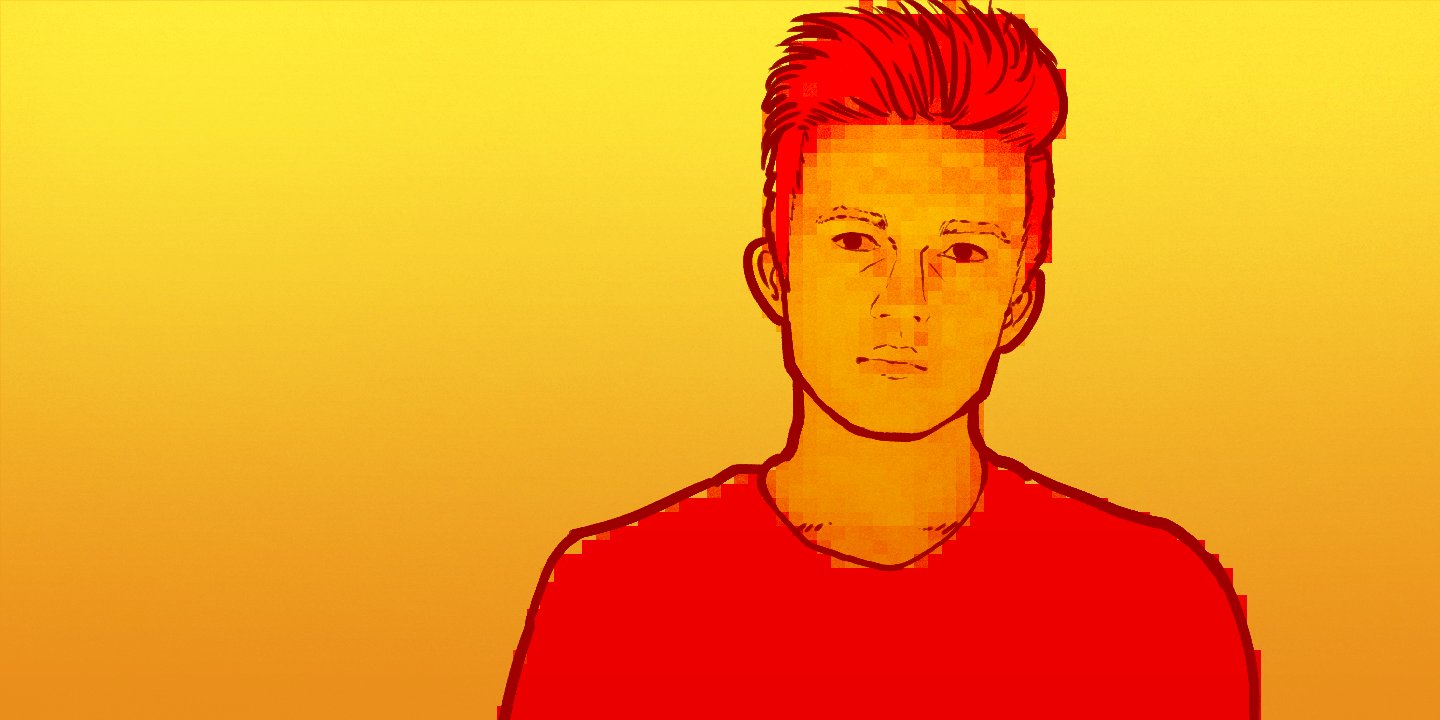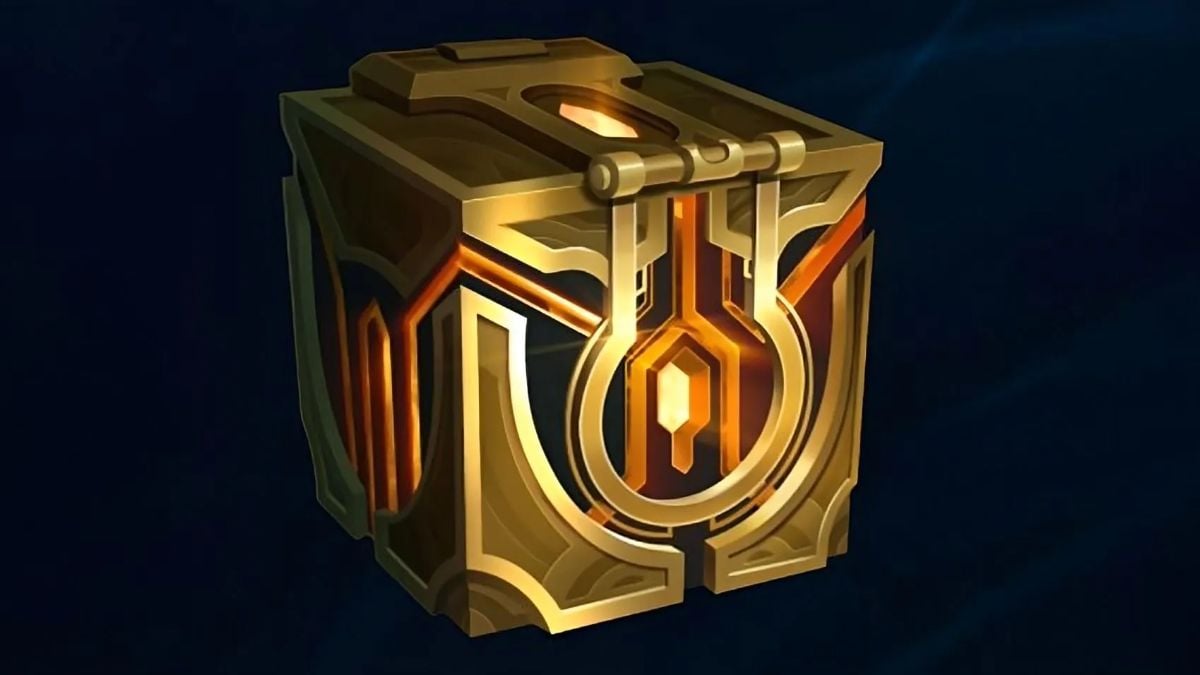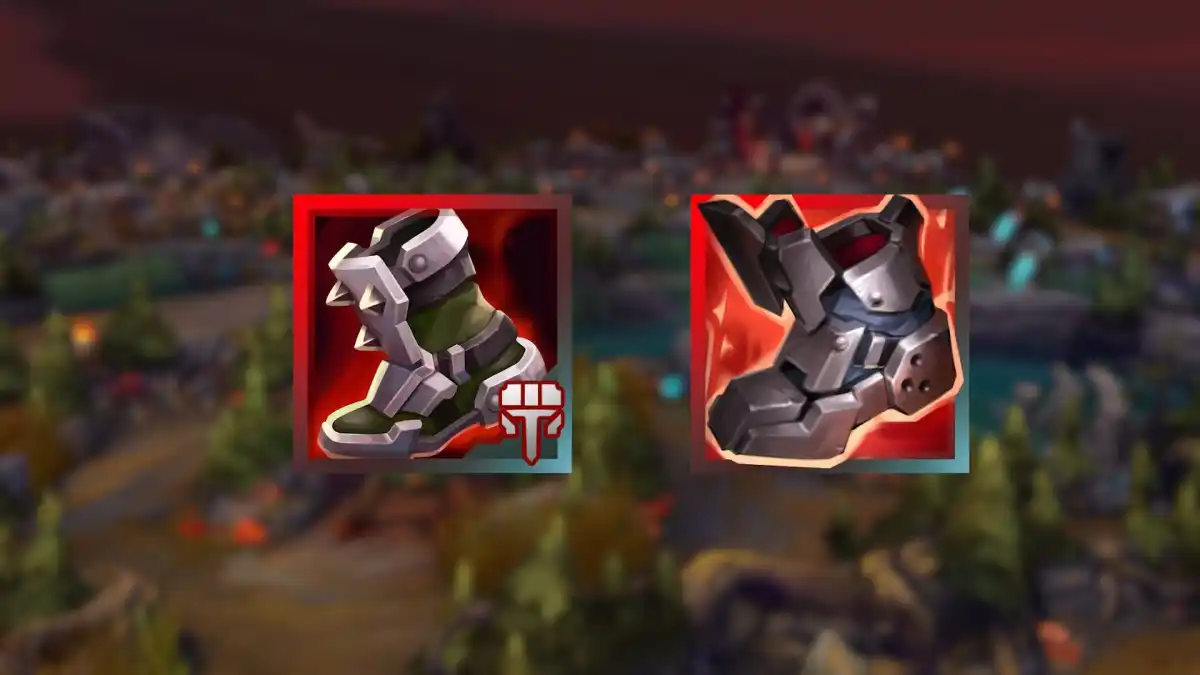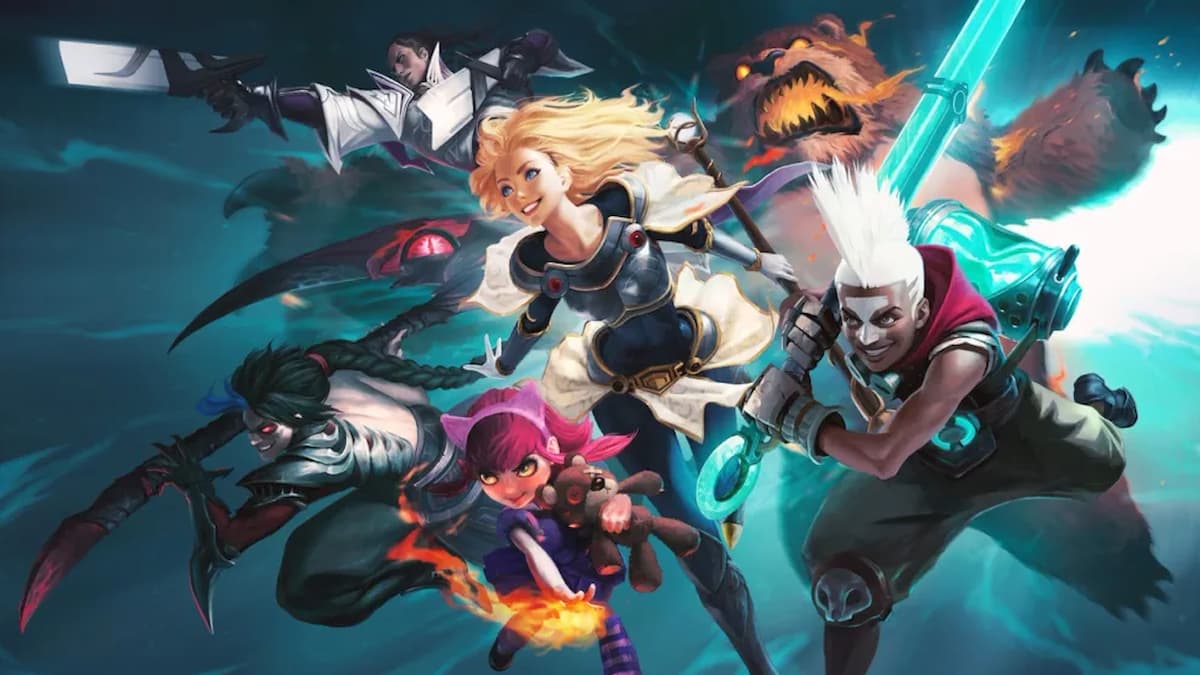Chres “Sencux” Laursen had never played as the champion Syndra with his team in a competitive match. But that didn’t stop him from choosing her in the final game of his team’s qualification run for the League Challenger Series on March 25. It was a pivotal game, too: With a win, Laursen and his team, Dignitas, would secure a spot in the playoffs and a chance to battle for for the elusive automatic League Championship Series (LCS) promotion spot. At least, that’s the way it was supposed to work.
Laursen is considered by many to be one of the most exciting prospects in Europe. He’s a prodigy. Over the course of the Challenger season, he boasted the second highest KDA in his position, falling behind only legendary mid laner Enrique “xPeke” Cedeño. Fellow players both in and out of League of Legends’ top competition, the LCS praise his talent. After his performances for Dignitas EU in the Challenger Series, it looks like he could be the real deal.
There’s just one problem though: Laursen is too young to play at the top level of League of Legends. And so was his teammate, Martin “Wunderwear” Hansen. Dignitas was forced to forfeit its Challenger playoff spot.
The LCS is the premier event for League players. It’s where the big money sponsors are, it’s where the best players are, and it’s the only chance any Western players will get to compete internationally. With room for only 100 players, however, the competition is fierce. And yet in a game populated and watch largely by teenagers, there are still some players talented enough to make it, but who were disqualified solely because of their age. Participation in the LCS requires players to be 17 years or above, a rule that spreads across Europe and North America, but does not apply in other regions.
“They don’t want to gamble on an ineligible player.”
With one hand Riot giveth, and with the other taketh away.
On Oct. 3, 2013 Riot announced plans for a new second-tier division for League of Legends; the LCS would no longer be the only league with funding from Riot itself. Known as the Challenger Series, this new division enabled players to pursue a professional career while still attending school or work, giving players the motivation and support to attempt qualification to the LCS. It used to be the perfect playground for these youngsters to refine their skills.
The first split of the Challenger Series was one of experimentation for Riot. Would people tune in to watch amateurs? Would the tournament be operated in a way that allowed players with other obligations to participate? The answer was yes. In North America, LMQ and Complexity Black were promoted to the North American LCS. While no Challenger teams from Europe were able to overcome their LCS opponents, most fans saw the tournament as a whole as a success, as lesser known players found some recognition and a platform to demonstrate their talents to a wider audience.
Then, in the 2015 season, Riot introduced automatic promotion from the Challenger Series, meaning the best team from the lower division would automatically join the LCS. With this new regulation, even this new competitive environment can be effectively off-limits for younger players. The problem arises when players under 17 qualify for the Challenger Series playoffs, and are forced by Riot to sit out due to the automatic promotion ruling. Only players that are or will be LCS eligible are allowed to participate, because an LCS spot is up for grabs.
What sane team would spend the entire Challenger Series league season playing and practicing with a player they would have to replace before the playoffs? With one hand Riot giveth, and with the other taketh away. The automatic promotion rule is vital for making the Challenger Series grind worth it. Forcing younger players to sit out the playoffs, however, will potentially cripple the scene.
That said, it’s understandable why Riot operates with an age restriction for its top league. LCS players are required to drop everything including school, jobs, friends, and family to move to Berlin or Los Angeles. Many other esports have no restrictions on pro players. Korean StarCraft 2 pro Lee “Flash” Young-ho joined KT Rolster at age 14 and quickly became recognized as one of the greatest talents the game had ever seen. In 2008 at the age of 15, the player became the youngest person to win a Starleague event and also tied the record winning streak of 17 matches.
Laursen is considered by many to be one of the most exciting prospects in Europe. He’s a prodigy.
While the path to pro can be extremely difficult for talented League of Legends players, they still try. “I go to school for most of the day and try to see my friends afterwards,” Laursen says. “Usually I have to come home for scrims, and after that I head to the gym or finish school work. I probably sleep around six or seven hours a night when I’m in school.”
At 15, Laursen made got the opportunity he’d hoped for. It was 2014, the early stages of season four. The budding mid lane talent was scouted by the Danish outfit Reason Gaming after climbing the solo queue ladder. With Reason, Laursen played for the first Riot-sanctioned Challenger Series, which he calls a “huge break.” It was his first chance to play in a competitive environment. “A lot of teams usually just want 5 players who can play in the LCS so when I found a team I was extremely happy.”
“It’s definitely harder to break into the scene as a younger player,” Laursen he adds. “Most teams will be looking to qualify for the LCS so they don’t want to gamble on an ineligible player.”
And even when they do gamble on an underage player, age influences their experience another way. “Some players didn’t show much respect to me because I was young,” Laursen says. “But I ignored that and instead focused on gaining experience. For a 15 year old player it was extremely valuable.”
There are a few players who have run the gauntlet and dedicated themselves to joining the LCS even before they reach eligible age.
Fabian “Febiven” Diepstraten spent a year grinding through the European Challenger Series with Cloud9 Eclipse and H2K Gaming before he was able to eventually earn qualification. Other players like Lucas “Santorin” Larsen and Jonas “Trashy” Anderson took an even bolder step, moving abroad to chase their goal. The former flew out to join Team Coast in the United States at merely 16 years old, while the latter honed his skills in Europe before opting to join North American outfit Enemy Esports.
One famous case of being forced to sit out involved current SoloMid mid laner Soren “Bjergsen” Bjerg. At just 16 years old, the player was forced to miss several weeks of the first LCS season. His talent was so obvious that Copenhagen Wolves decided it was worth the wait, using a substitute until the player could join.
Perhaps the most discussed and referenced case of all time, however, belongs to Fnatic’s AD Carry prodigy Martin “Rekkles” Larsson. At age 16, at the end of 2012, Larsson was already quite clearly top tier as season two came to a close. During IPL5 in Dec 2012, one of the largest international League events of all time Larsson and his team managed to progress to the grand final before dropping to the outstanding Chinese team World Elite.
Despite being arguably one of the best players in his role in the world, Larsson was forced to step down from the starting lineup of Fnatic after the introduction of the LCS. Other players that would be participating in the LCS in both North America and Europe had fallen at the hands of Larsson in the past, including the likes of Peter “Doublelift” Peng and Peter “Yellowpete” Wüppen. These players, however would now be competing at a level above him, due to the LCS age limits. Rather than lose his talents, the European organization loaned the player out to the then-amateur Copenhagen Wolves and allowed him to dominate the challenger circuit for a year until he was old enough to rejoin the team.
The difference then was that the Riot-sanctioned Challenger Series didn’t exist, and instead the player thrived in constant competitions both online and offline. While no one doubts that the inclusion of a league season with a direct path to the LCS is a bad thing, the handling of the playoffs has come into question after the incident with Laursen’s Dignitas EU team, where the team was forced to forfeit their Challenger Series playoff spot after two of their players were unable to participate due to age restrictions. There is a serious issue at the moment in that no team will effectively waste time with an underage player, all the while knowing they will have to use a substitute when the important matches roll around.
Laursen calls it “extremely valuable” for players like him to get experience in a competitive environment from an early age. It’s a model commonly used in traditional sports, where younger players are be loaned out to smaller teams in lower leagues to gain valuable experience. But Riot’s rules make that impossible. At this rate, any younger player who isn’t already obviously top tier will likely have to settle for third party tournaments and solo queue to try and prove themselves.
Laursen believe players could in fact be encouraged to participate with some simple changes.
“The most essential thing that needs to happen is to remove the age restriction on the playoffs,” he says. “Once they do that it’s already a lot easier for younger players to get noticed.”
With one hand Riot giveth, and with the other taketh away.
Removing said restriction, however, contradicts previous Riot rulings, which have declared that only LCS-eligible players can participate in a tournament that could grant promotion. In an ideal world, there would be enough talent in the scene to sanction yet another league below the Challenger Series with no such restrictions; however, Riot has little financial incentive to invest in such a league.
Laursen says he doesn’t really mind the LCS age ruling, considering there’s not much to be done about it. And regardless, Laursen will turn 17 soon, and will be eligible to play in the next split. He’s already been recognized as a talent by many players and organizations. His performance in the regular season with the Team Dignitas European amateur lineup is arguably the only reason they held a playoff position before being forced to forfeit due to these age rulings.
But what about someone who hasn’t had a chance to shine? While Laursen is possibly worth the hassle, other youngsters face a much tougher task in their hunt for recognition and experience in the game’s super competitive environment. If teams choose not to take the risk on an underage player, where will that player develop his skills, get noticed by his peers, and keep motivated?
LCS teams in both Europe and North America have always relied on talented rookies to bolster their lineups in the hopes of success, Riot’s challenge is to make sure those players have incentives to stick around. Otherwise, they may become a thing of the past.
Illustration by Max Fleishman






Published: May 27, 2015 10:24 am